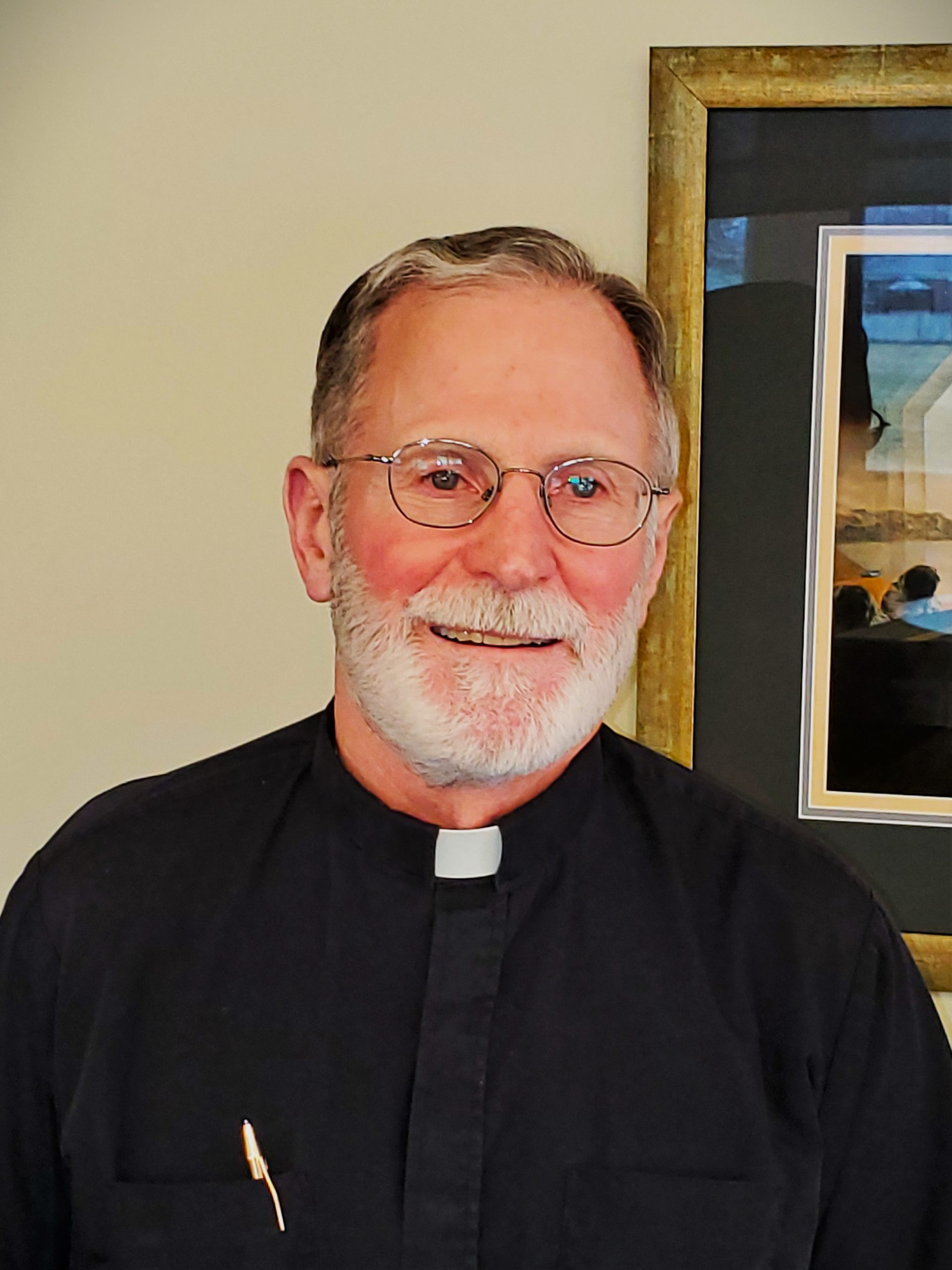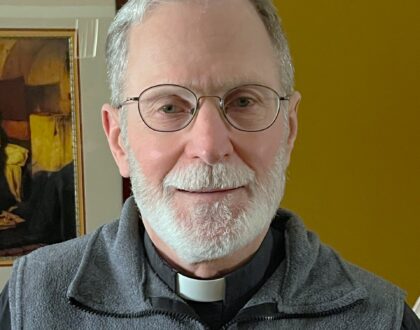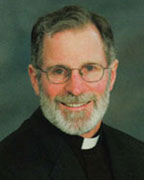Homily, 4th Sunday Lent 2023

From The Pastor
It is not by accident that the first act of creation was to bring light out of the darkness. Before the act of Divine creation, the world was a formless wasteland. Out of the chaos of this darkness, God called forth light. This act of creation reveals the wisdom of God. God is light and all that God does is to be seen and recognized as good.
The light of God’s goodness will always be in opposition to the darkness of chaos and confusion. Light is the first of all spiritual metaphors. The light of God will always be opposed by the darkness of evil. Evil is characterized by deception, chaos, and confusion. Evil hates the light because it fears exposure. Where chaos, confusion, and deception are found, sin and evil are close by.
Jesus is the light of the world who reveals the essence and nature of Divine truth, goodness, and compassion. This is a core theme in the gospel of St. John from whom we read today. In the prologue of John’s gospel, Jesus is the Word through whom the world is created. Jesus is a gift and an action of God given for the world’s redemption. In his prologue, John refers to Jesus as he writes: “All things came to be through him, and without him nothing came to be. What came to be through him was life, and this life was the light of the human race; the light that shines in the darkness, and the darkness will not overcome it.”
This is our hope in God through Christ. It is the reason and the goal of the Lenten season. A second prominent theme of St. John’s gospel is that we come to faith in Jesus as the Lord and Christ of all creation. All of the readings throughout Lent point in this direction with the intention of preparing us to renew our profession of faith at Easter. Christ is the light of all truth through whom we find life and hope in God.
The story of the Man Born Blind parallels the story of last Sunday regarding the Samaritan woman. Each is living in a different frame of life. Each bears a different kind of suffering or hinderance to a full life of faith. The desire of Jesus in each case is to bring the suffering to freedom and faith in him. He encounters resistance, but then a realized and accepted faith in both parties.
Notice in both cases, neither the Samaritan woman nor the Blind Man were asking to be healed or seeking faith. Jesus takes the initiative in both cases because he saw faith in both persons hidden under fear, shame, or simple unawareness. Remember, the Samaritan woman and the Blind Man had no idea who Jesus was.
In both cases, Jesus acts out of compassion. He sees a person suffering and moves to bring healing that leads to the gift of faith. Jesus sees both parties ripe for faith that would offer a new and meaningful life of hope and trust in God. This is the course and the intention of our Lenten activity. We are called to deny ourselves for the sake of becoming more aware of the power and action of God in our lives.
We all have things in our life that hinder or obscure our ability to see clearly the action and the presence of God with and within us. We think we see, but we often fail to realize that we mostly see God through the lens of the world. The work of Lent is to clean the lens of our spiritual sight that we may see clearly the light of Christ that is around us.
This is the movement of the story of the Blind Man. He must have wondered who dared to put mud on his eyes with the direction to wash in the pool of Siloam. Why did he do what Jesus said? Why not complain and tell Jesus to get away? He accepts the healing action of Jesus and is moved enough to obey. He is rewarded not only with physical sight, but also a journey to true spiritual sight.
Rejected by the Temple as a sinner because of his blindness, the man has no allegiance to the religious leaders or Temple worship. He feels free to speak his mind and does. He knows Jesus opened his eyes but is unaware of who Jesus is. As the interchange ensues, he calls Jesus a prophet with power to heal. Confronted by the spiritually blind Pharisees, who insist all things are black and white for God, the man confronts their judgement that Jesus is a sinner.
The Blind Man defends Jesus still not knowing who he is. He speaks his truth, “I was blind, now I see.” Now he is scorned and cast out by the religious leaders. Jesus again approaches and invites his act of faith. “Do you believe in the Son of Man?” “Who is he, sir, that I may believe in him?” “You have seen him, and the one speaking to you is he.”
Can we ask Jesus to open our eyes to deepen our faith? Can we ask Jesus to reveal to us our blindness, stubbornness, or black and white sight that limits our faith? Jesus will never let go. He will always seek you. The light of Jesus has a way of revealing all that is hidden or hindering of the Divine way.
Father John Esper
Recent Sermons

Homily, March 30, 2025
March 27, 2025

Homily, March 23, 2025
March 20, 2025

Homily, March 16, 2025
March 11, 2025

